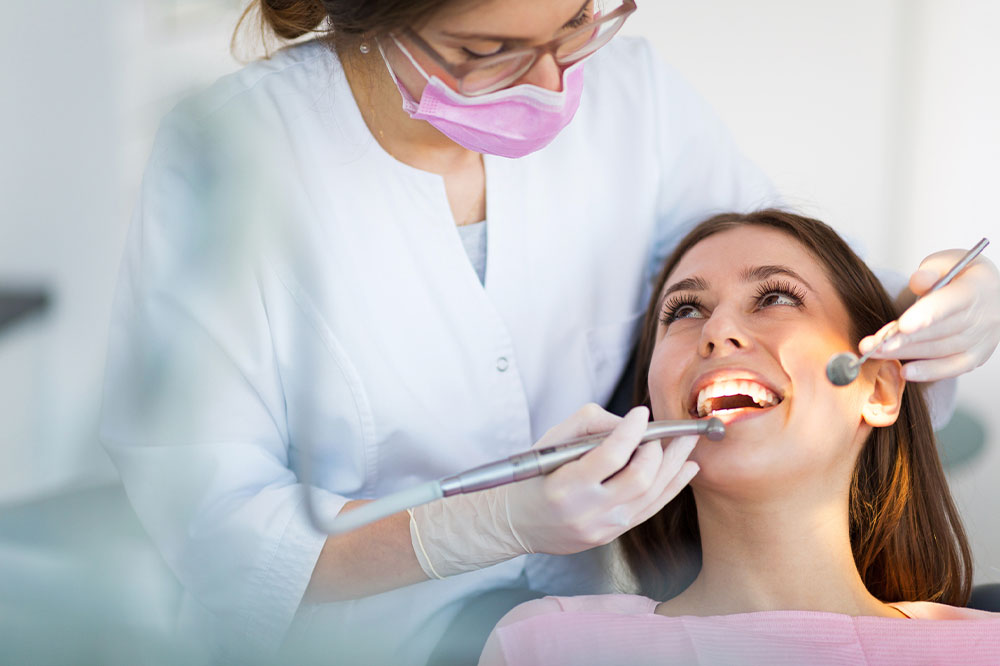6 indicators that prompt the need for braces

A common concern that plagues most parents is the possibility of their kids requiring braces. The ages of 9 to 12 years are generally considered the best times to get braces, but this issue is not just restricted to children. Multiple indications can make braces a necessity, and leaving these concerns unattended may give rise to complications. Braces can be used as a corrective treatment for natural or accidental issues.
Dental gap
A common reason for getting braces is to correct old and new gaps between the teeth. Gaps between the teeth can be a cause of several oral health issues. A tooth falling out could have formed a gap, or one might be born with it. An excess gap can cause problems in bite and jaw function and might even cause issues with eating food.
Crowded teeth
Crowding is just as likely to cause teeth and gum problems. Addressing the issue and getting it corrected with the help of braces is crucial. Crooked teeth can affect one’s bite and confidence, making them self-conscious.
Improper bite
The upper and lower teeth should fit together correctly to have a sound bite. Upper, cross, under, and open are examples of improper bites that can increase the risk of dental trauma. An improper bite may also cause trauma to the gums as well as recession. Despite being a common issue, it is a commonly ignored sign of getting braces.
Jaw pain
This sign might not seem like an obvious issue that has to do with braces, but it is a common one. A misaligned jaw is constantly subjected to pain and tension and frequently slips out of place. Those habitual to gritting or clenching their teeth also fall under this category. Jaw pain can also lead to issues like headaches and tension in the neck and back.
Problems with speech
For some people, unclear speech may be a result of misaligned teeth. Such problems can cause issues with pronunciation and may cause permanent alterations in speech if not corrected in children.
Chewing problems
Some might experience this difficulty due to gum diseases or a misaligned jaw. Such an issue could cause accidental biting of the cheek or lip. Swollen or receding gums could be just as painful.
After an in-depth conversation with the dentist or oral hygienist, one can consider getting metal or ceramic braces. If braces are not an acceptable option, Invisalign is a great alternative. This option involves using clear plastic trays that help realign teeth and help correct other orthodontic issues. They are easy to use and can be conveniently removed when eating, drinking, and following the suggested oral health care routine. One can also consider standard aligner options like ALIGNERCO, ClearCorrect, and SureSmile.